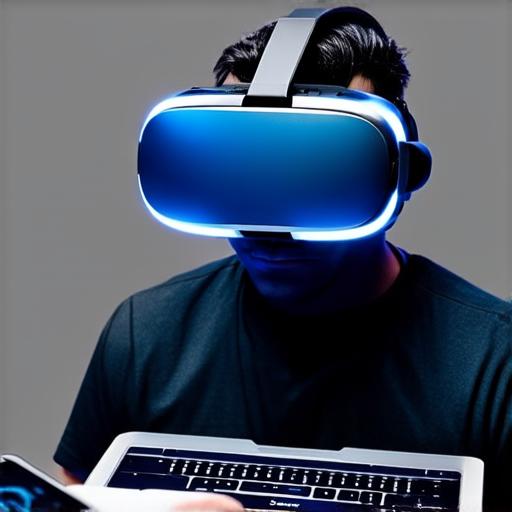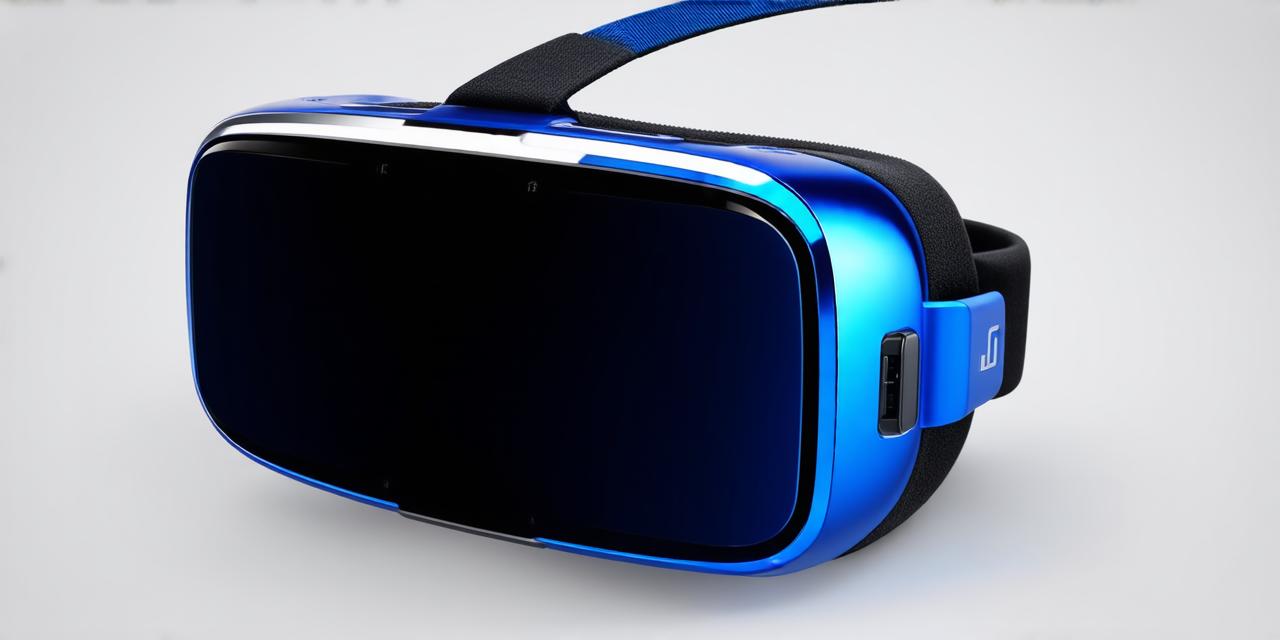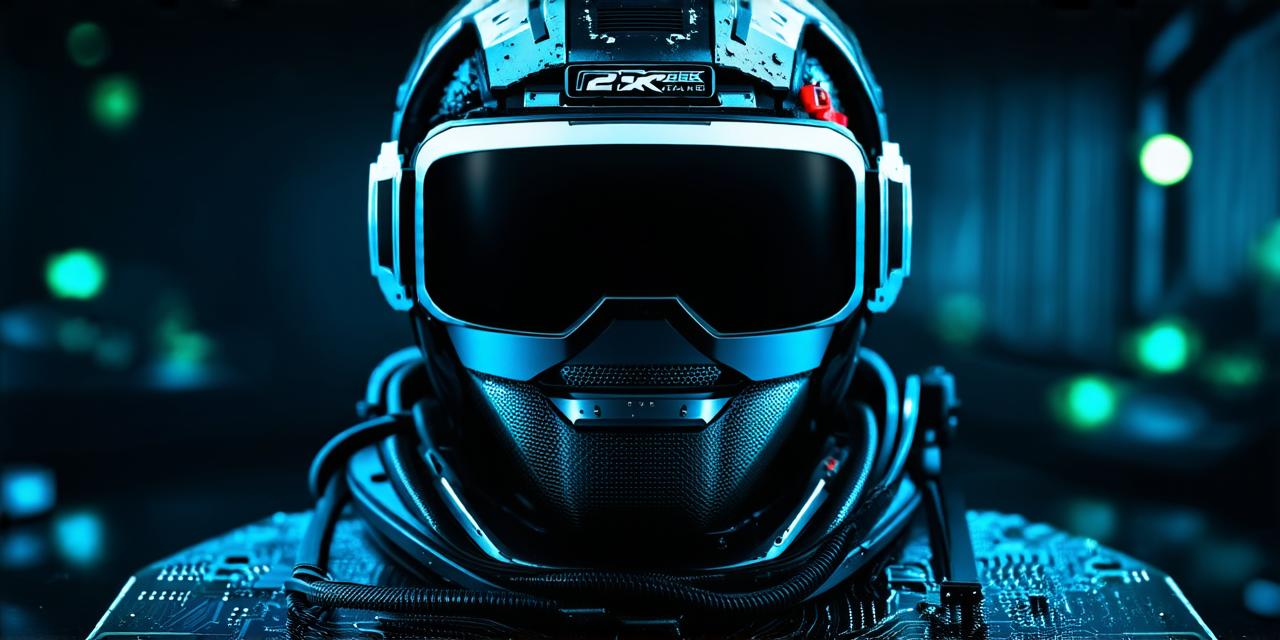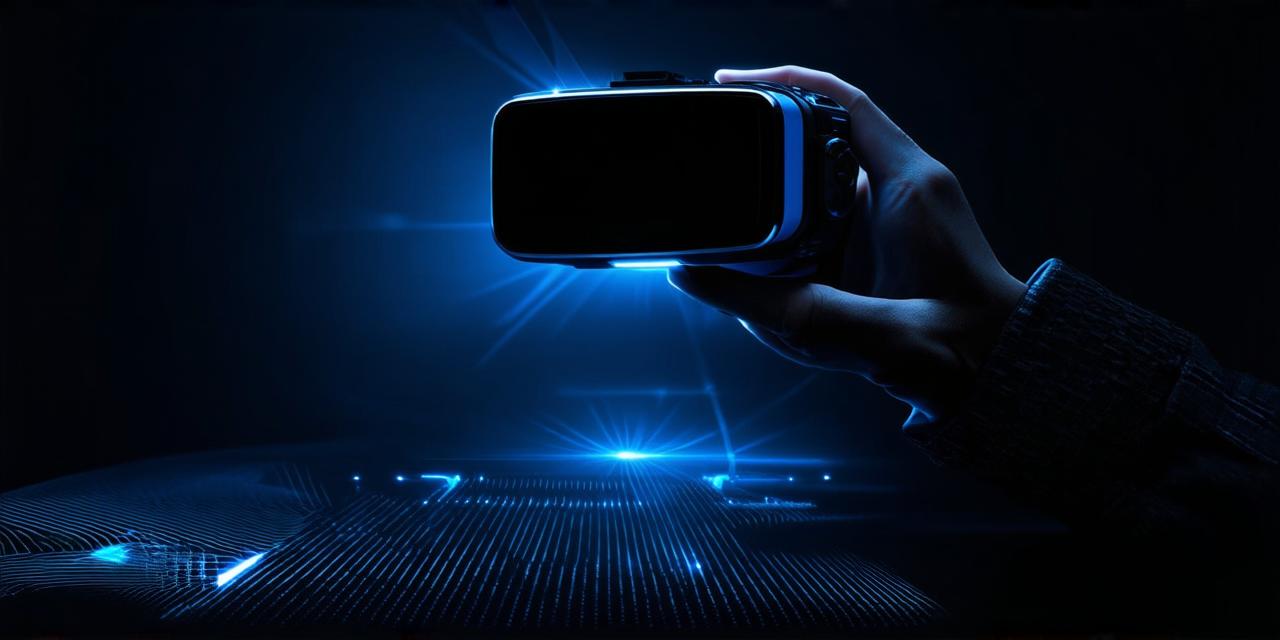A Comprehensive Overview of the Requirements to Operate a VR Headset
The first step in understanding the requirements to operate a VR headset is to identify the different types of devices available on the market. There are several VR headsets, including standalone headsets like Oculus Quest 2 and HTC Vive Pro Eye, and PC-connected headsets like HTC Vive and PlayStation VR.
Hardware Requirements
The first thing you need to consider is the hardware requirements for your VR headset. These requirements can vary depending on the device, but some common factors to keep in mind include:

- Processor and RAM: A high-end processor and sufficient RAM are essential for a smooth VR experience. You’ll want to aim for at least an Intel Core i5 or AMD Ryzen 5 processor with 8GB of RAM.
- GPU: The graphics processing unit (GPU) is responsible for rendering the graphics in your VR environment. A dedicated GPU, such as NVIDIA GeForce RTX or AMD Radeon VII, is recommended for high-end gaming and professional applications.
- Resolution: The resolution of your VR headset’s displays can affect the quality of your experience. Higher resolutions (e.g., 2160×2160 per eye) tend to provide a more immersive experience, but may also require more powerful hardware.
- Field of View: The field of view (FOV) determines the maximum angle you can see while wearing your VR headset. A wider FOV allows for a more immersive experience, but can also make you feel dizzy or nauseous.
Software Requirements
In addition to hardware requirements, you’ll also need to consider the software requirements for your VR headset. Some common factors to keep in mind include:
- Operating System: Most VR headsets require a Windows PC or a compatible mobile device (e.g., Android or iOS) to run their software.
- Development Platform: There are several VR development platforms available, including Unity and Unreal Engine. You’ll want to choose a platform that is compatible with your VR headset and has the features you need for your project.
- Game Engine: If you’re planning on developing games or applications for VR, you’ll need to choose a game engine that supports VR development. Some popular options include Unity and Unreal Engine.
- Input Devices: Depending on your VR headset and the type of application you’re developing, you may need additional input devices such as controllers or sensors.
Comparing VR Headsets: What to Look For When Choosing a Device
Now that we’ve discussed some of the hardware and software requirements for VR development, let’s take a closer look at what you should consider when choosing a VR headset. Some key factors to keep in mind include:
- Comfort: Comfort is essential when it comes to VR development. You’ll want to choose a headset that fits comfortably and doesn’t cause discomfort or motion sickness.
- Price: VR headsets can range from a few hundred dollars to several thousand dollars, depending on the features and performance. You’ll want to consider your budget when choosing a device.
- Field of View: As we mentioned earlier, the field of view can affect the quality of your VR experience. Wider fields of view tend to be more immersive but can also make you feel dizzy or nauseous.
- Wireless vs. Wired: Consider whether you want a wireless or wired VR headset, depending on your needs and preferences.




